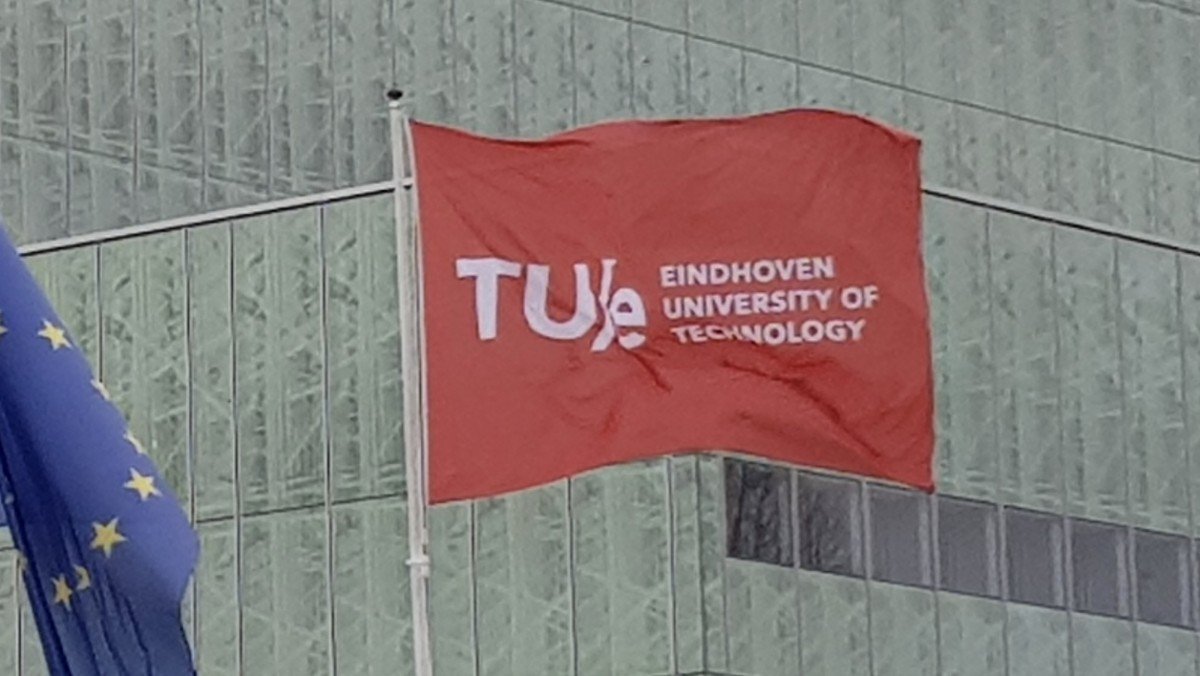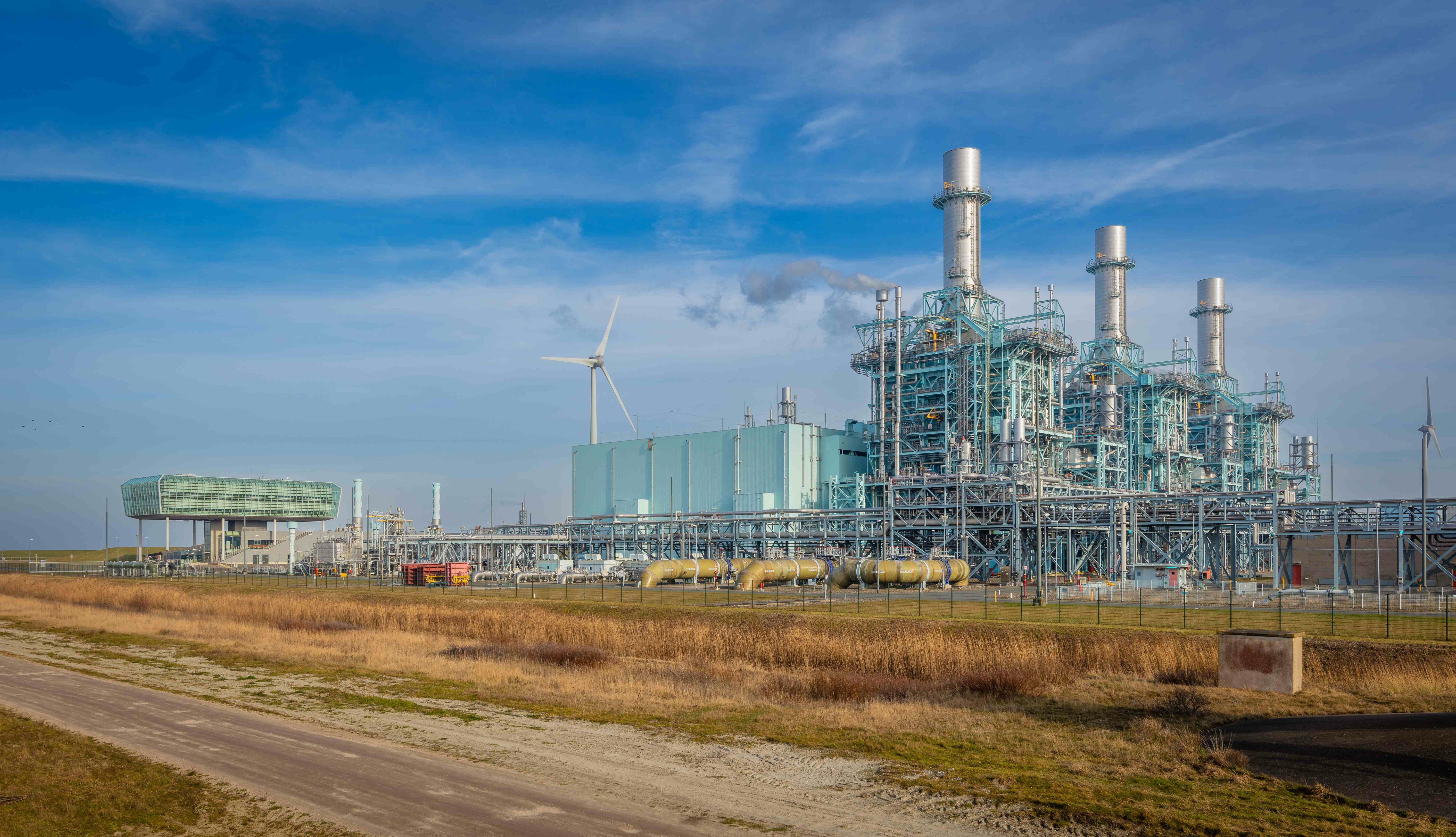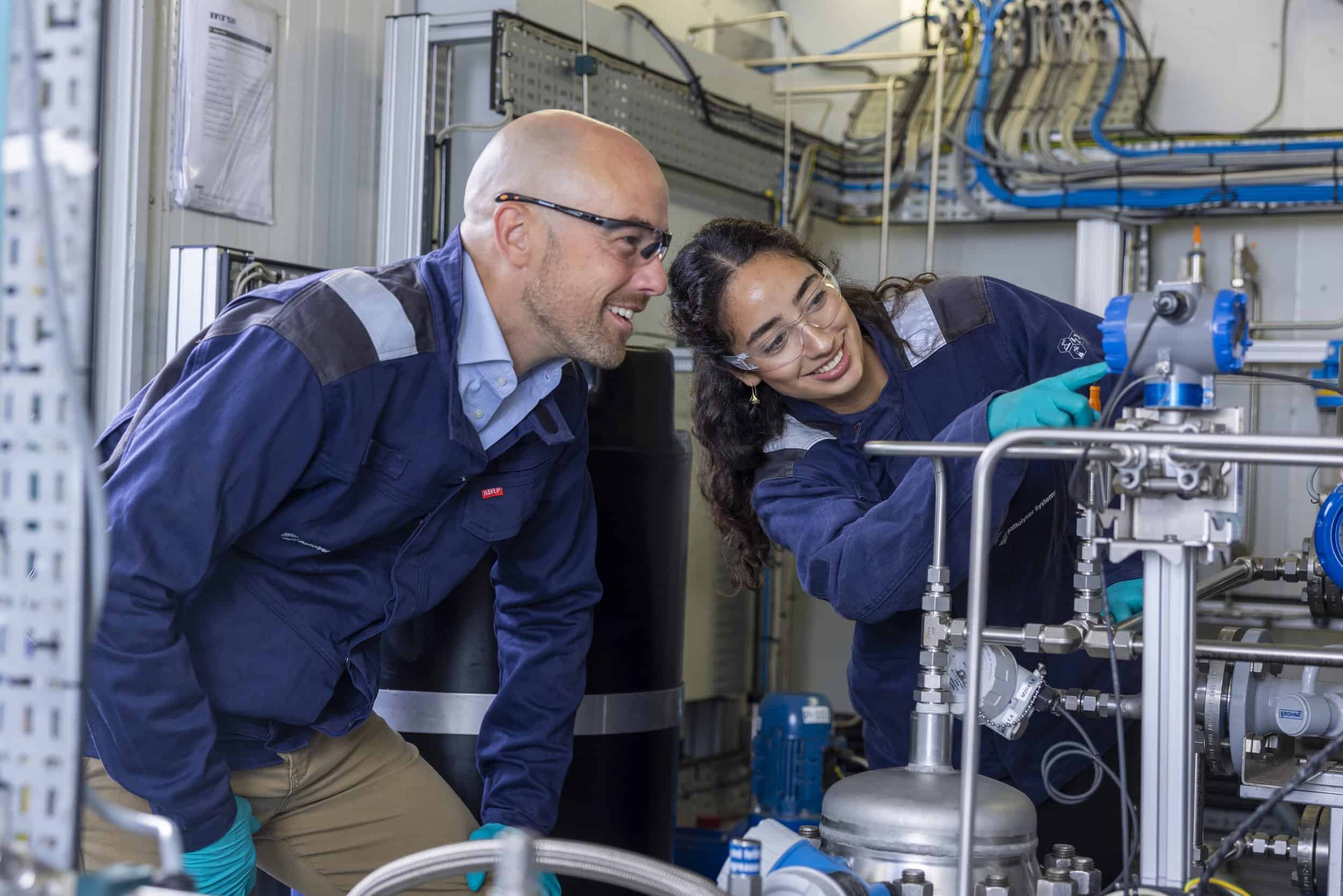
A fridge-sized electrolyzer for each neighbourhood: this device stores all the energy from the solar panels on the roofs in the neighbourhood during the day as hydrogen. Underground gas pipes then transport hydrogen to the homes where the central heating boiler has been replaced by a fuel cell. This converts the stored hydrogen back into electricity. For Emiel Hensen, professor and dean of the Faculty of Chemical Technology at the Eindhoven University of Technology, this is more than just a dream. Thanks to an invention by his research group together with Chinese, Singaporean and Japanese researchers, Hensen has developed a catalyst that makes the storage of energy in hydrogen 20 times more effective.
Together with other Eindhoven researchers and a group of industrial partners from Brabant, Hensen is working on setting up an energy institute at the Eindhoven University of Technology to accelerate the development of this technology.
How does it work?

Catalysts accelerate chemical reactions, but the widely used metal platinum is scarce and expensive. Researchers have now developed an alternative with a 20times higher activity: a catalyst with hollow nanocages of an alloy of nickel and platinum. Hensen wants to use this new catalyst to develop a refrigerator-size electrolyzer of about 10 megawatts in the future. The results are published today * in the journal Science.
By 2050, the Dutch government aims to get almost all of the Netherlands’ energy requirements from sustainable sources, such as the sun or the wind. Because these energy sources are not available at all times, it is important to be able to store the generated energy. Given their low energy density, batteries are not suitable for storing very large amounts of energy. A better solution is chemical bonds, with hydrogen as the most obvious choice of gas. Using water, an electrolyzer converts (an excess of) electrical energy into hydrogen, which can be stored. At a later stage, a fuel cell does the opposite, converting the stored hydrogen back into electrical energy. Both technologies require a catalyst to drive the process.
The catalyst that helps with these conversions is – due to its high activity – mostly made of platinum. But platinum is very expensive and relatively scarce; a problem if we want to use electrolyzers and fuel cells on a large scale. TU/e catalysis professor, Emiel Hensen: “Fellow researchers from China, therefore, developed an alloy of platinum and nickel, which reduces costs and increases activity.” An effective catalyst has a high activity; it converts more water molecules into hydrogen every second. Hensen continues: “At TU/e, we investigated the influence of nickel on the key reaction steps and to this end we developed a computer model based on images from an electron microscope. With quantum chemical calculations, we were able to predict the activity of the new alloy, and we could understand why this new catalyst is so effective.”
Successfully tested
In addition to the other choice of metal, the researchers were also able to make significant changes to the morphology. The atoms in the catalyst have to bond with the water and/or oxygen molecules to be able to convert them. More binding sites will, therefore, lead to a higher activity. Hensen: “You want to make as much metal surface available as possible. The developed hollow nanocages can be accessed from the outside as well as from the inside. This creates a large surface area, allowing more material to react at the same time.” In addition, Hensen has demonstrated with quantum chemical calculations that the specific surface structures of the nanocages increase the activity even further.
After calculations in Hensen’s model, it turns out that the activity of both solutions combined is 20 times higher than that of the current platinum catalysts. The researchers have also found this result in experimental tests in a fuel cell. “An important criticism of a lot of fundamental work is that it does its thing in the lab, but when someone puts it in a real device, it often doesn’t work. We have shown that this new catalyst works in a real application.” The stability of a catalyst must be such that it can continue to work in a hydrogen car or house for years to come. The researchers, therefore, tested the catalyst for 50,000 ‘laps’ in the fuel cell and saw a negligible decrease in activity.
The possibilities for this new catalyst are manifold. Both in the form of the fuel cell and the reverse reaction in an electrolyzer. For example, fuel cells are used in hydrogen-powered cars while some hospitals already have emergency generators with hydrogen-powered fuel cells. An electrolyzer can be used, for example, on wind farms at sea or perhaps even next to every single wind turbine. Transporting hydrogen is much cheaper than transporting electricity.
Hensen’s dream goes further: “I hope that we will soon be able to install an electrolyzer in every neighbourhood. This refrigerator-sized device stores all the energy from the solar panels on the roofs in the neighbourhood during the daytime as hydrogen. The underground gas pipelines will transport hydrogen in future, and the domestic central heating boiler will be replaced by a fuel cell, the latter converting the stored hydrogen back into electricity. That’s how we can make the most of the sun.”
But for this to happen, the electrolyzer still needs to undergo considerable development. Together with other TU/e researchers and industrial partners from the Brabant region, Hensen is therefore involved in the start-up of the energy institute of TU Eindhoven. The aim is to scale up the current commercial electrolyzers to a refrigerator-size electrolyzer of about 10 megawatts.
* This research is published in Science on November 15th, with the title ‘Engineering Bunched Pt-Ni Alloy Nanocages for Efficient Oxygen Reduction in Practical Fuel Cells’.








